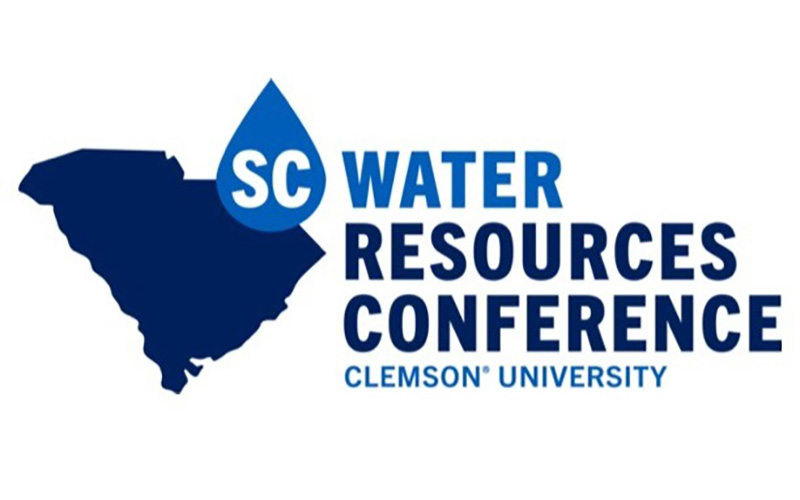Volume
2
Issue
1
DOI
https://doi.org/10.34068/JSCWR.02.05
Abstract
A watershed-based plan was recently developed for Murrells Inlet, a moderately tidal, euhaline estuary located on the northern coast of South Carolina. One of the goals of this planning effort was to collate and analyze existing data to refine assessments of the sources of fecal coliform detected by SC DHEC’s shellfish monitoring program. Coastal Carolina University’s Waccamaw Watershed Academy (WWA) was engaged to lead this data analysis effort. The most important sources identified were urbanized wildlife and canines. Results from the data analyses were used to prioritize subwatersheds for remediation. This has led to proposed strategies that focus on interception and treatment of stormwater runoff as well as volume reduction, dredging of tidal creek sediments, and outreach education for pet waste control.
Recommended Citation
Libes, Susan; Young, Heather; Newquist, Daniel; and Sledz, Sue
(2016)
"Watershed-Based Planning for Murrells Inlet: Source Assessment of Fecal Bacteria Using Volunteer and Shellfish Sanitation Program Data,"
Journal of South Carolina Water Resources: Vol. 2
:
Iss.
1
, Article 5.
DOI: https://doi.org/10.34068/JSCWR.02.05
Available at:
https://open.clemson.edu/jscwr/vol2/iss1/5






